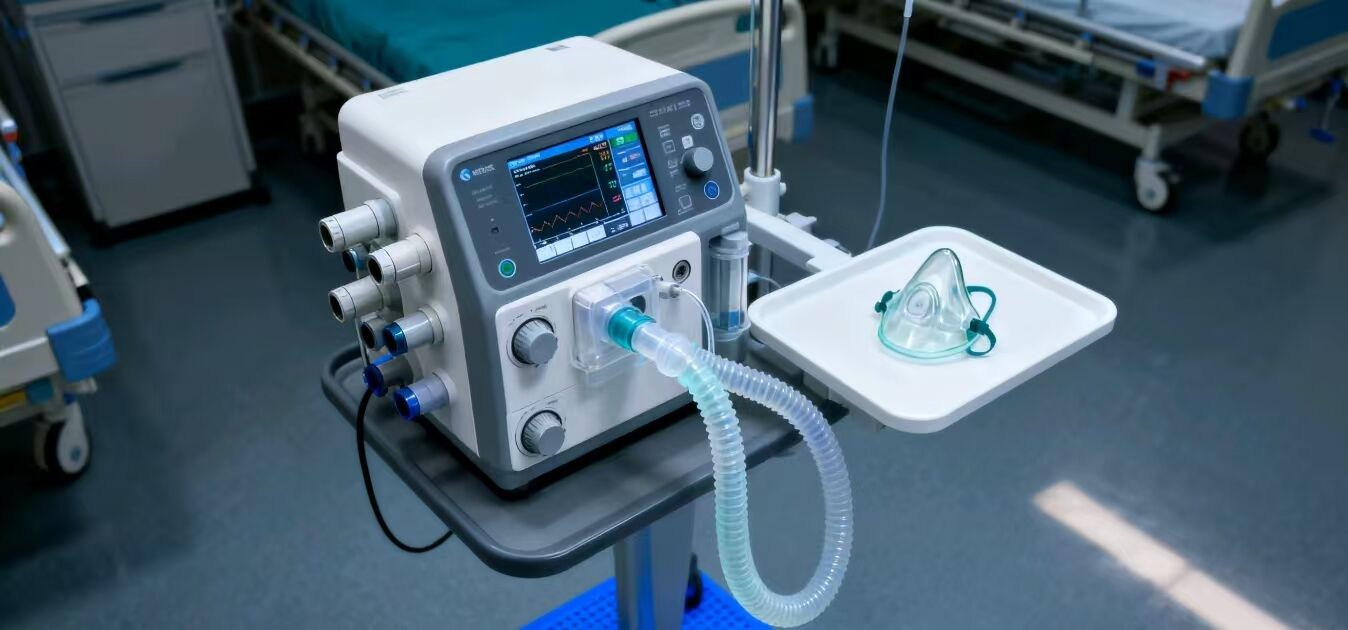Medical equipment and precision instruments such as CT scanners, MRI machines, ultrasound devices, surgical robots, laser therapy units, DNA sequencers, and mass spectrometers. These devices frequently incorporate critical components including h...

Medical equipment and precision instruments such as CT scanners, MRI machines, ultrasound devices, surgical robots, laser therapy units, DNA sequencers, and mass spectrometers. These devices frequently incorporate critical components including high-performance computing units, lasers, X-ray sources, sensors, and power amplifiers, which generate sustained and concentrated heat during operation. Inadequate thermal management may lead to diminished measurement accuracy, increased systematic errors, or even equipment shutdown, directly compromising diagnostic outcomes or experimental results. Consequently, thermal design in medical and precision equipment is not merely a performance guarantee but a critical factor for safety and reliability.
Devices must maintain stable temperature control during prolonged, continuous operation to prevent imaging quality or data accuracy from being affected by thermal fluctuations. Medical settings impose stringent noise requirements, particularly in wards, operating theatres, and intensive care units. Heat dissipation solutions must operate as quietly as possible to prevent disruption to patient comfort and healthcare professionals' concentration. Medical devices must meet rigorous hygiene standards. Heat sink surfaces must be easily cleaned and disinfected, while materials must possess biocompatibility and corrosion resistance to prevent bacterial growth. For large imaging equipment, thermal design must also address constraints imposed by strong electromagnetic fields, vacuum environments, or confined spaces.
Diverse thermal solutions can be employed for different types of medical and precision equipment. For high-power heat sources such as lasers and RF power supplies, liquid-cooled plates or heat pipes are commonly used to rapidly dissipate heat and maintain uniform temperatures, preventing component overheating that could cause spot drift. For computational units and image processing modules, Skived Fin or Pin Fin heat sinks paired with low-noise fans deliver efficient forced air cooling. In scenarios requiring complete silence—such as surgical robots and ultrasound scanners—natural convection cooling or a combination of heat spreaders with liquid cooling ensures noise-free operation. Precision analytical instruments prioritise temperature control accuracy, employing embedded temperature sensors and closed-loop control systems integrated with heat sink design to achieve constant-temperature regulation.
Regarding surface treatment, medical heat sinks typically employ anodizing, spraying, or electrophoretic coating processes to enhance corrosion resistance and facilitate cleaning. For operating theatre and laboratory environments, antimicrobial coatings may be selected to reduce bacterial adhesion risks. All materials must comply with RoHS, REACH, and relevant medical device regulations to ensure non-toxicity and pollution-free properties.